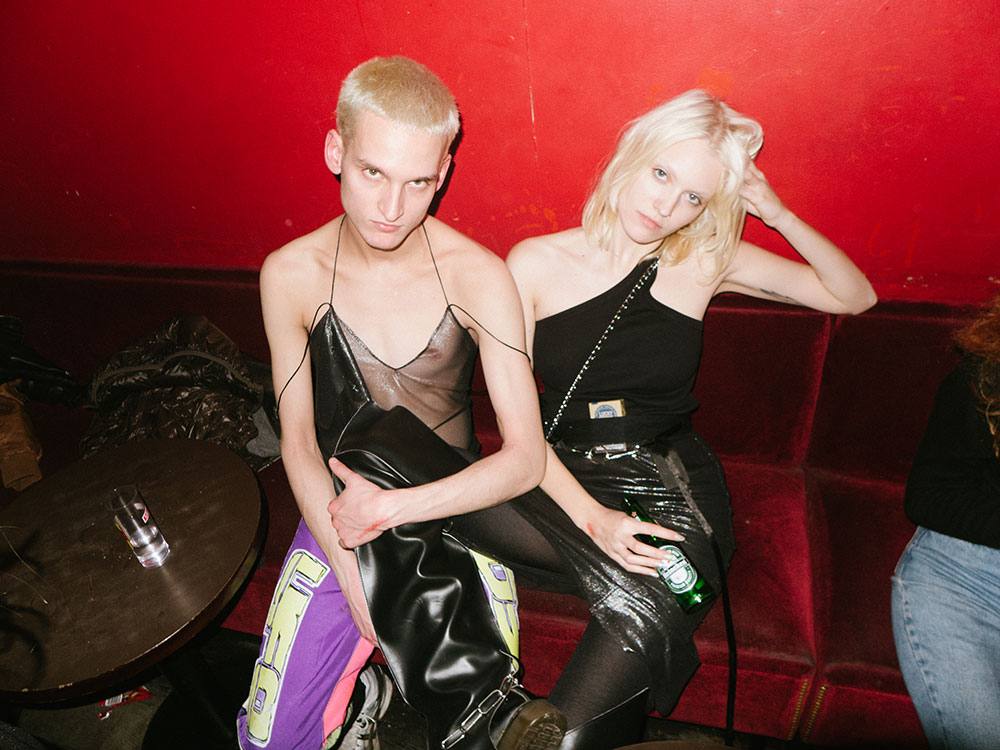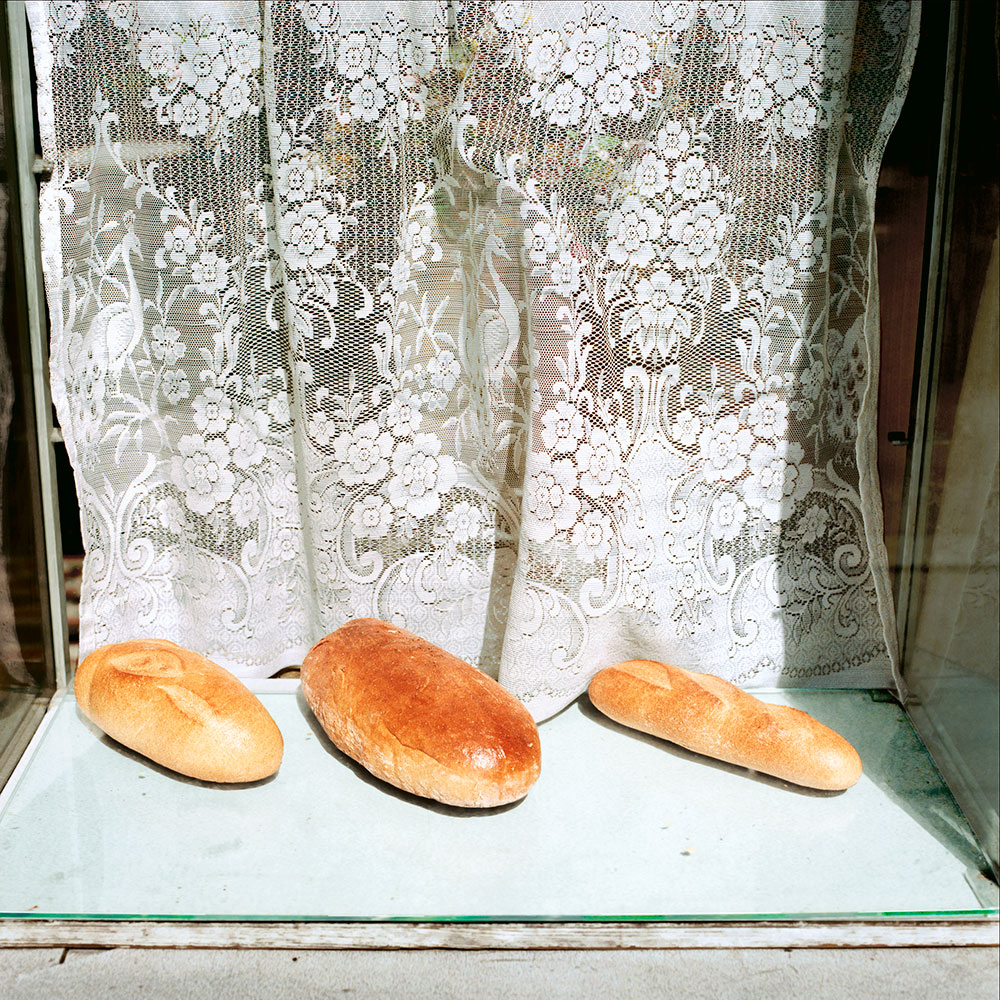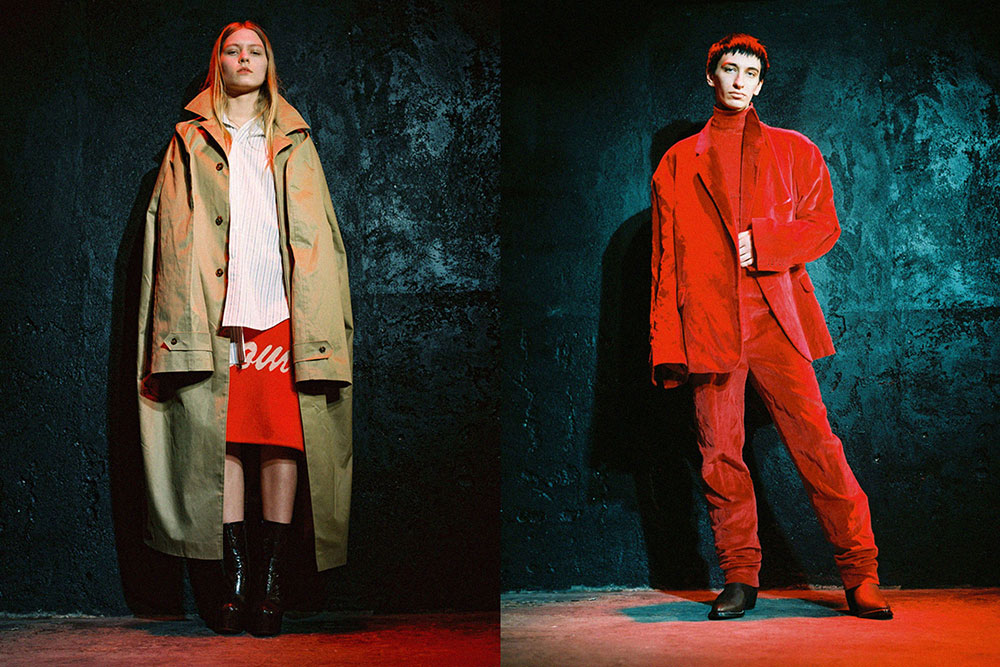Village disco: scenes from the post-Soviet dancefloor
Eastern Bloc StylePhotographer Andrew Miksys captures Lithuanian discos that, once a form of escape in the Soviet era, now mirror the past
Over the last ten years, I’ve spent many weekends photographing village discos in Lithuania. Most of these discos are located in Soviet-era culture houses. Sometimes, I would rummage around the back rooms and find discarded Lenin paintings, old Soviet movie posters, gas masks, and other remnants of the Soviet Union. I was fascinated by all this debris of a dead empire. It seemed like a perfect backdrop to make a series of photographs about young people in Lithuania — a crumbling past, and the uncertain future of a new generation together in one room.
The people I photographed were often puzzled by my presence at their local discos. Why would someone travel all the way from the USA to photograph them? I’m an American-Lithuanian, but my broken, heavily accented Lithuanian certainly gave me away. In truth, it was probably my outsider status that made me less threatening and kept me safe.
The local disco is where you go to get drunk, make out, dance, and sometimes fight. I ignored the repeated warnings from friends not to travel to these places alone. My anxiety was often quite intense when I got in my car and left the familiar lights of Vilnius searching for discos on mostly empty back roads. I never knew what I was going to find, but the prospect of discovering a disco somewhere in the dark with coloured lights pouring out the windows and pulsating music pushed me forward.
The small communities where I photographed had been through a lot during the 20th century, including war, genocide, multiple occupations and the more recent pressures brought on by capitalism. They did, however, manage to maintain some of the great diversity that has been part of Lithuanian history for centuries. At the discos it was still possible to hear people speaking Lithuanian, Russian, Polish, Belorussian, Romani, and even a few surviving words from Yiddish. I didn’t always understand everything I heard. But I soon discovered that a disco was never just a disco.
In Eishyshok, the disco was located in a converted synagogue. And right next door were the ruins of what used to be Eishyshok’s largest synagogue before the war: this was a sports hall during the Soviet era and is now just a hollow shell with a broken scoreboard on one wall. It was in these synagogues that the Nazis imprisoned Jews in 1941 before they were taken to the old Jewish cemetery, told to undress, and shot by Lithuanian auxiliary troops. Close to 5000 people were killed in two days. The kids in my photographs were probably unaware of the specifics. But they knew everything: it was in blood and dirt that potatoes were grown.
The Soviet diskoteka served as one of the main antidotes to the brutality of war; it was a creative space where the future would be born. In villages throughout the USSR the diskoteka was the only shiny object surrounded by dark, dreary landscapes. Picture the spaceship landing at Devil’s Tower in Close Encounters of the Third Kind, with high fidelity sound and neon lights. In one region that I photographed, the discos had names like Kometa and La Luna and were decorated with paintings of full moons and palm trees.
Of course, this was the USSR – this meant no drugs, no sex or even touching on the dance floors. It was more innocent and earnest. Within the confines of an unspoken uniformity, the diskoteka was a didactic space for people to come together, exchange ideas, and create something new.
Disco culture reached its peak in the USSR in the early 1980s. In the Russian documentary about disco from 1980, How Many Faces at the Diskoteka, DJs enthusiastically defend discos as the primary incubators for new ideas. According to one DJ, cinema was invented when photographers and theater people met. The next big idea originated on the disco floor. In Lithuania, Teisutis Makačinas released the first Lithuanian disco album, Disko Muzika, in 1982. The Lithuanian Cultural Ministry fully supported the album and even bought a Yamaha synthesizer for the project at great expense, the very first in the country. Fusing classical, jazz, electronic and folk, it was more cerebral and high art than the visceral pop of Saturday Night Fever.
In the small village of Vidutinė, I scanned some photographs the cultural centre librarian showed me from an album documenting the history of the centre. In the years that followed, I kept returning to one image of the centre’s facade. Visually it just looks amazing — a simple black and white photograph with a heavy black marker covering something written along the top of the building. My guess all along was that the librarian must have altered the photograph to cover up the Russian words. The USSR had collapsed, Lithuania gained its independence but this image posed a problem. It didn’t fit into 21st century Lithuania, containing evidence of a past that needed to be buried. Luckily, the librarian’s job to preserve and catalogue won a small victory, and the photograph wasn’t burned or torn to shreds. But something had to be done, even crudely with a black marker. My friend Arvydas Maknys, who prepared all the photographs for this project, was able to solve the mystery by using Photoshop to digitally remove the black of the marker. The text we discovered, written in Lithuanian and Russian — “The Fruits of our Labour are for the Great October Revolution” — had commemorated the 60th anniversary of the Russian Revolution in 1917.
Village discos are less popular these days. Lithuanian youth are moving to cities or leaving for western Europe and America as fast as they can. But it’s my guess this doesn’t signal the end of village discos. The summer solstice or St John the Baptist Day is one of the more important holidays in Lithuania. Despite being named in honour of a Christian saint, this holiday has very pagan roots. And Lithuania, with its distinction as the last country in Europe to give up paganism and accept Christianity, enthusiastically celebrates the solstice by heading to the countryside. It’s the one time during the year when villages seem more populated than cities. Andrei Tarkovsky has an amazing scene in his film Andrei Rublev showing medieval pagans celebrating the solstice. It features naked villagers running around in the forest, dancing, jumping over fires and having sex in the bushes. While it’s assumed that discos are a product of urban culture, it seems to me that these pagan rites could have been the very first discos. Maybe dancing in the forest never really went out of style. After all, the full moon and stars make a pretty awesome disco ball.


















